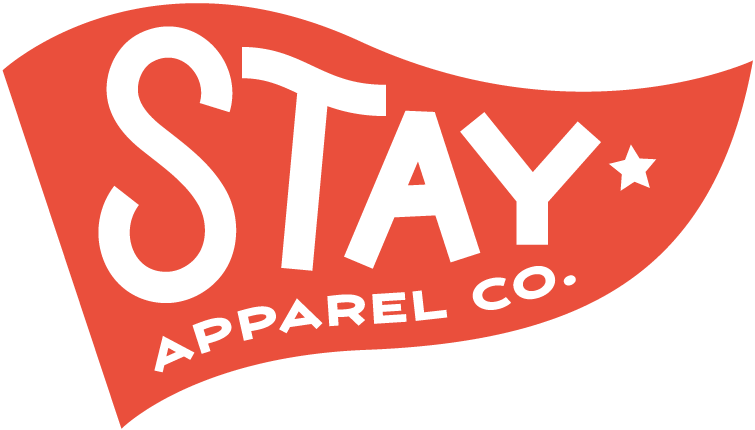Stay is not A-OK with AI
Our mascot, handmade by SpookyCutes
In 2011, I started an online hockey magazine, Pennsylvania Puck. One of the first stories I wrote was about an amateur player from Hershey.
His father was among a number of people who had expressed interest in advertising on our website but didn’t pony up before its untimely demise.
Adding insult, sometime later I discovered that the father had published most of the story on his website without giving attribution to me or Pennsylvania Puck. At my behest, he removed the article.
More than a decade later, that episode came to mind as I had my own comeuppance.
It started innocently and was short-lived, but I learned a valuable lesson, one I am compelled to share as we splash into the murky water of artificial intelligence.
Succumbed to a trend
I pride myself on not hewing to trends, but I succumbed this week.
I am not a technophile, but I am curious. I had seen various brands publish social media posts featuring dolls and action figures created with AI. I found a YouTube video that showed how to upload photos and write instructions to create the virtual projects using a chatbot.
As a lark, I turned a photo of a favorite hockey player from my youth into an action figure, complete with uniform and stick and sealed in a blister package along with a puck, pennant and game program from the 1970s.
I posted the image to a Facebook group, garnering 56 likes, including one from another player of that era who appeared in the movie “Slap Shot.”
“Totally awesome,” he wrote, “absolutely love it!” Other commenters expressed similar sentiments.
To create another toy, I uploaded a photo of a custom plush creature that my wife, Sara, had gifted to me several years ago. It was made by the brilliantly talented Ashley Boyer, the sole creator of SpookyCutes. The snaggle-toothed doll (photo above) wears a Stay tee and holds a baseball, a paean to my love of the game.
The chatbot generated several iterations of the toy, each at once impressive but also illustrative of the current limits of the technology. One version included an extra baseball, another generated a backpack when one wasn’t asked for.
On Thursday morning, I posted three of the iterations to Stay’s Instagram and Facebook pages. I can’t tell you exactly what I wrote (as you will learn shortly), but it was to the effect that we experimented with the technology, experienced some problems, and that we prefer human graphic designers.
Later, I added a note about Ashley and SpookyCutes, tagging her brand and acknowledging her prowess.
Harmful to artists
That afternoon, a painter/illustrator commented on the Instagram post. He pointed out the seeming hypocrisy of citing the limits of AI while nonetheless posting the results of it.
I must have spent a half-hour standing at our store’s checkout and on my moral high ground, formulating a response. I said we were playing around with AI but with no intent to use it instead of human-produced work.
(I should have noted that I am not a technophile. The same day as my AI post, I published an Instagram story featuring our new rubber stamp bearing our address at the Hershey History Center.)
Then I received a private message from Ashley.
“I’m not sure if you’re aware,” she wrote [she said it was OK to share this], “but generating AI images (even as a joke or to demonstrate that it does a worse job than humans), is still harmful to artists and the environment.
“I have taken a strong stance against AI art myself, and I felt I had an obligation to reach out and try to spread awareness, since this was something I made being fed through AI in this case.
“I appreciate you guys complimenting me in your post, but it seems odd to post the AI versions anyway given the number of artists who are pleading with people not to generate or use AI images in any capacity.”
It hit me like a puck to the head that I, similar to the father years ago with my story, had taken great license with someone else’s creation. While I had credited her, I didn’t have permission to bastardize her work.
“I am sorry, Ashley,” I wrote back. “I am going to remove the post and write a blog post about this. It’s a good lesson learned. I didn’t mean to implicate you or to be insensitive to your work.”
As the New York Times noted (subscription may be required): “The trend has frustrated illustrators who oppose the use of unlicensed artwork to train these artificial intelligence tools, and who remain concerned about the effects of AI on their livelihoods.”
I removed the hockey- and Stay-related AI content from social media. (I didn’t take a screen shot of the latter, hence my inability to reproduce verbatim the text of the post and my exchange with the painter/illustrator.)
And I set about writing this mea culpa. We’ve been true to our word when it comes to selling only Made in USA products since our inception, which is to say that we’ve been faithful to American workers.
Engaging with — and tacitly if unintentionally endorsing — AI was a betrayal of that commitment.

